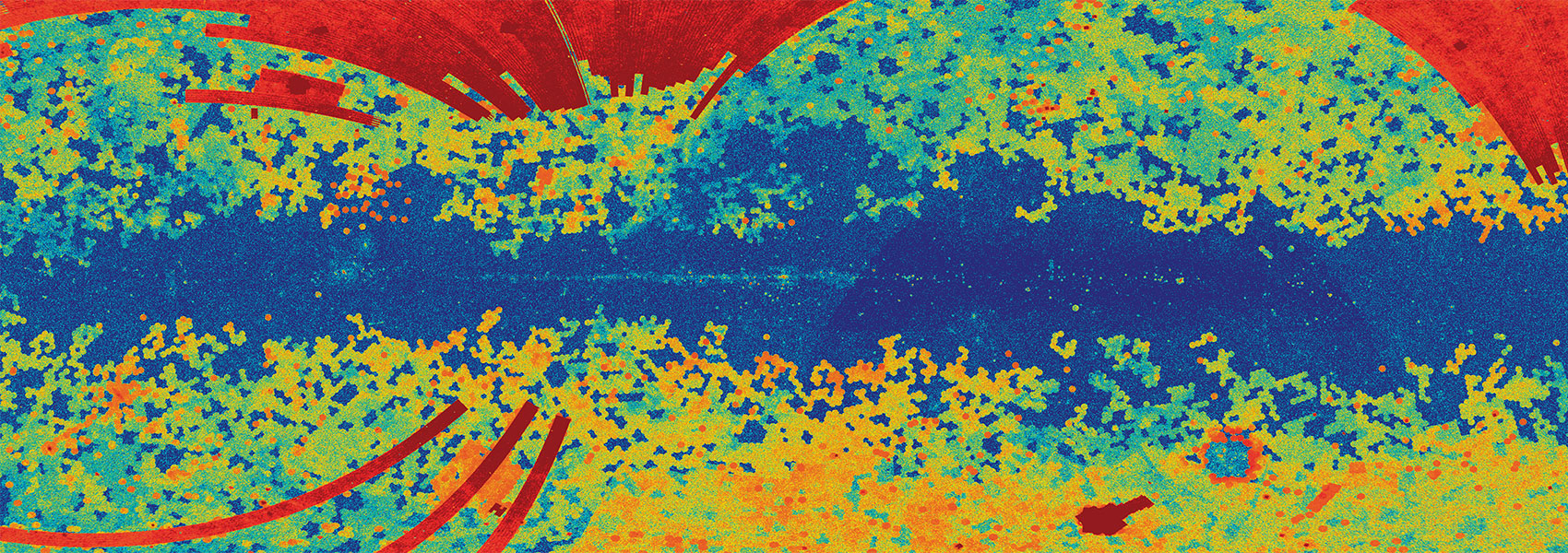
Probing the Heights and Depths of Y Dwarf Atmospheres: A Retrieval Analysis of the JWST Spectral Energy Distribution of WISE J035934.06–540154.6
August 2024 • 2024ApJ...971..121K
Abstract • We present an atmospheric retrieval analysis of the Y0 brown dwarf WISE J035934.06‑540154.6 using the low-resolution 0.96–12 μm James Webb Space Telescope (JWST) spectrum presented in Beiler et al. We obtain volume number mixing ratios of the major gas-phase absorbers (H2O, CH4, CO, CO2, PH3, and H2S) that are three to five times more precise than previous work that used Hubble Space Telescope (HST) spectra. We also find an order-of-magnitude improvement in the precision of the retrieved thermal profile, a direct result of the broad wavelength coverage of the JWST data. We used the retrieved thermal profile and surface gravity to generate a grid of chemical forward models with varying metallicity, (C/O)atm, and strengths of vertical mixing as encapsulated by the eddy diffusion coefficient K zz. Comparison of the retrieved abundances with this grid of models suggests that the deep atmosphere of WISE 0359‑54 shows signs of vigorous vertical mixing with K zz = 109 [cm2 s‑1]. To test the sensitivity of these results to our five-knot spline thermal profile model, we performed a second retrieval using the Madhusudhan & Seager thermal profile model. While the results of the two retrievals generally agree well, we do find differences between the retrieved values of mass and volume number mixing ratio of H2S with fractional differences of the median values of ‑0.64 and ‑0.10, respectively. In addition, the five-knot thermal profile is consistently warmer at pressure between 1 and 70 bar. Nevertheless, our results underscore the power that the broad-wavelength infrared spectra obtainable with the JWST have to characterize the atmospheres of cool brown dwarfs.
Links
- SIMBAD https://simbad.u-strasbg.fr/simbad/sim-ref?querymethod=bib&simbo=on&submit=submit+bibcode&bibcode=2024ApJ...971..121K
- PDF https://iopscience.iop.org/article/10.3847/1538-4357/ad583b/pdf
- PREPRINT http://arxiv.org/abs/2406.06493
- DATA https://archive.stsci.edu/mastbibref.php?bibcode=2024ApJ...971..121K
- ELECTR https://doi.org/10.3847/1538-4357/ad583b

.png?1523393848)

